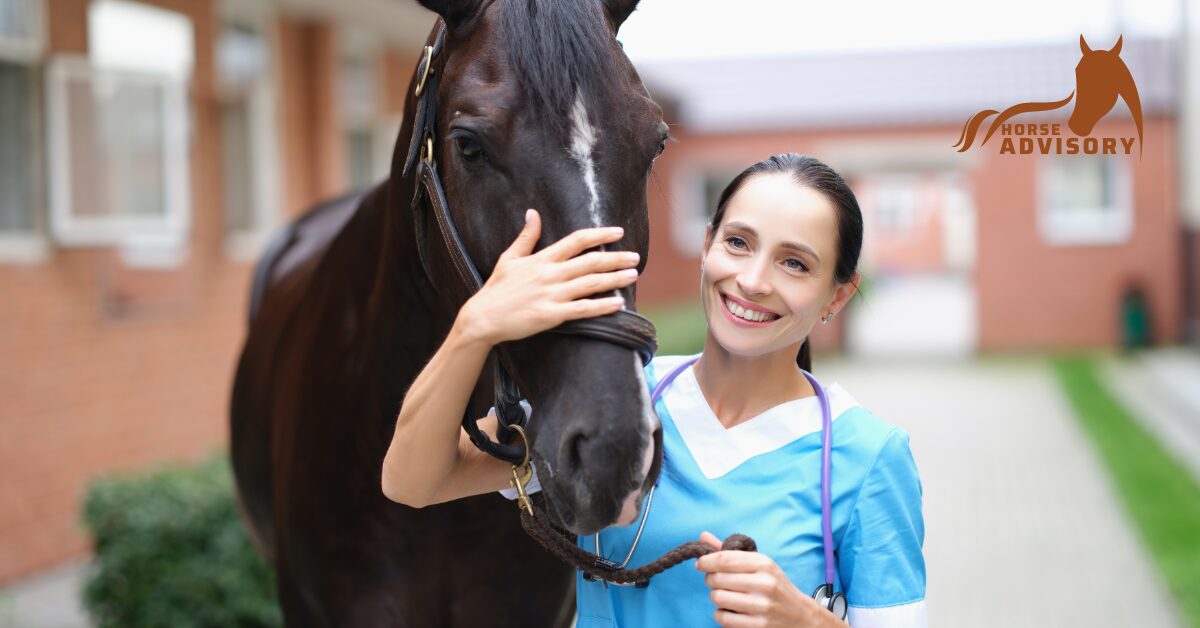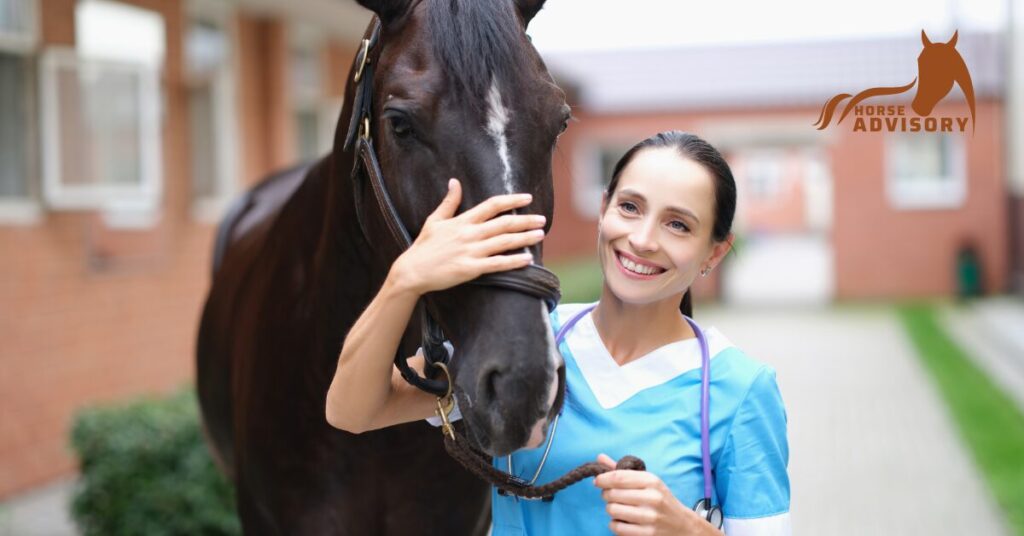Understanding and recognizing common horse illnesses is crucial for ensuring the well-being of your equine companions. By familiarizing yourself with prevalent diseases, you can take preventative measures to safeguard your horse’s health or promptly seek treatment if needed. The most typical horse illnesses encompass viral, bacterial, and parasitic infections.
Dive into our list of the top 10 common equine illnesses to enhance your knowledge on detection and treatment methods for optimal care.
1. Common Digestion Issues
Equine colic and Inflammatory Bowel Disease (IBD) rank among the prevalent digestive issues affecting horses, with approximately ten percent of equines experiencing colic at some point. Colic can stem from various factors like gas, intestinal impaction, overeating grain, sand ingestion, or parasite infestation.
Symptoms of colic encompass loss of appetite, lying down, bloating, and diarrhea. Mild cases can typically be managed with medication, while severe instances might necessitate surgical intervention.
In case of suspected colic, assess the horse’s vital signs and promptly seek veterinary advice. While preventing digestive issues entirely is challenging, mitigating risks by ensuring access to clean water, avoiding sandy feeding areas, gradual dietary changes, and effective insect control can help lower the likelihood of stomach issues.
IBD encompasses a range of inflammatory bowel diseases displaying symptoms akin to colic, such as chronic weight loss, reduced appetite, fever, skin abnormalities, and diarrhea. The exact cause of IBD remains unclear, posing challenges similar to those encountered in colic prevention. Vigilance, veterinary support, and proactive care are vital in managing these common gastrointestinal conditions in horses.
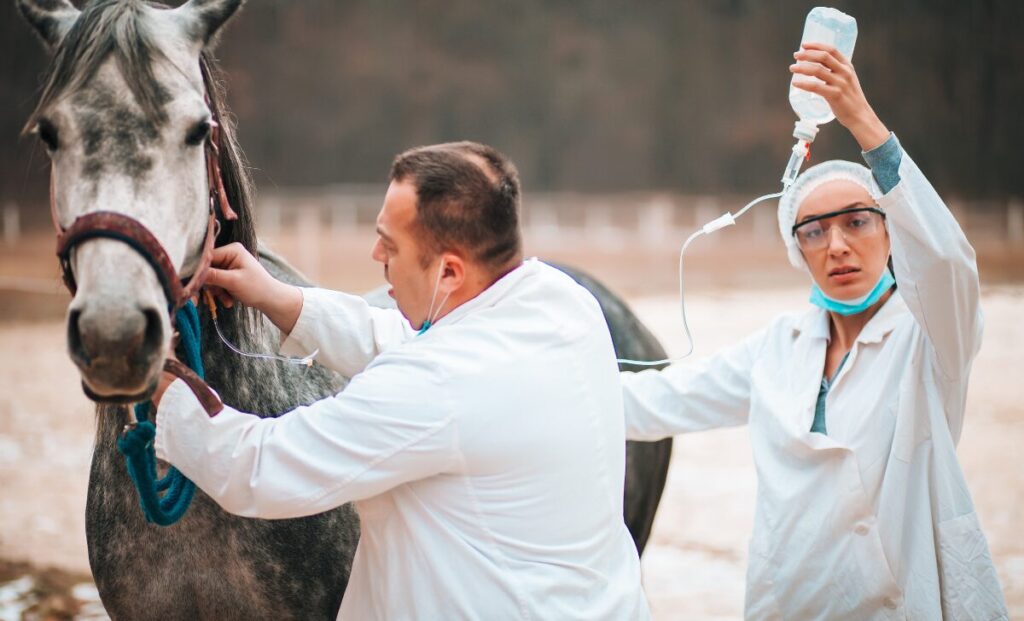
2. Equine Influenza (Flu)
Equine influenza, a highly contagious respiratory disease among horses, spreads rapidly within stables. Vaccination is key in preventing outbreaks, while quarantining infected horses and following veterinary guidance are essential for effective treatment and containment efforts. Swift action, including vaccination and quarantine measures, is vital to curbing the spread of equine influenza and protecting the equine population.
3. Equine Herpesvirus (EHV)
Equine Herpesvirus (EHV) presents a range of health concerns in horses, including respiratory infections, abortion risk in pregnant mares, and potentially severe neurological disorders. To combat the spread of EHV, stringent biosecurity protocols are crucial to prevent and contain outbreaks within equine populations. Isolating affected horses promptly and seeking veterinary intervention for accurate diagnosis and appropriate treatment are essential steps in managing EHV cases effectively.
When faced with EHV incidents, swift action in implementing biosecurity measures, isolating infected individuals, and collaborating closely with veterinarians for diagnosis and tailored treatment regimens is paramount. By prioritizing biosecurity practices, proactive isolation procedures, and prompt veterinary care, horse owners can minimize the impact of EHV on their animals and prevent the further spread of this complex and potentially detrimental virus within equine communities.
4. Tetanus
Tetanus, a severe bacterial infection transmitted through wounds or punctures, poses a significant threat to equines. Vaccination serves as a crucial preventive measure against tetanus, with regular immunization starting in foals and ongoing annual boosters recommended to ensure continuous protection. Prompt veterinary care is imperative upon observing symptoms like muscle rigidity or difficulty swallowing, as early intervention is vital in managing tetanus effectively and preventing serious complications.
5. Common Skin Issues
Ringworm and Mud Fever are prevalent skin conditions among horses, each presenting unique challenges for equine health.
Ringworm, caused by a fungus, spreads rapidly between horses, initially manifesting as raised hair tufts that eventually form lesions. Preventive measures include avoiding shared tack usage and maintaining high hygiene standards to reduce the risk of ringworm transmission.
In the case of a horse contracting ringworm, immediate isolation from other horses is crucial. Treatment involves administering anti-fungal washes, clipping infected hair, and ensuring thorough cleaning of tack to prevent further spread.
On the other hand, Mud Fever, a skin infection thriving in wet, muddy environments, causes inflammation and scaliness on the legs and stomach, potentially leading to fever. To prevent Mud Fever, diligent post-workout leg cleaning is essential. If detected, meticulous cleansing of affected areas is key, with veterinary guidance recommended for targeted treatment to address the root cause under scabs effectively.
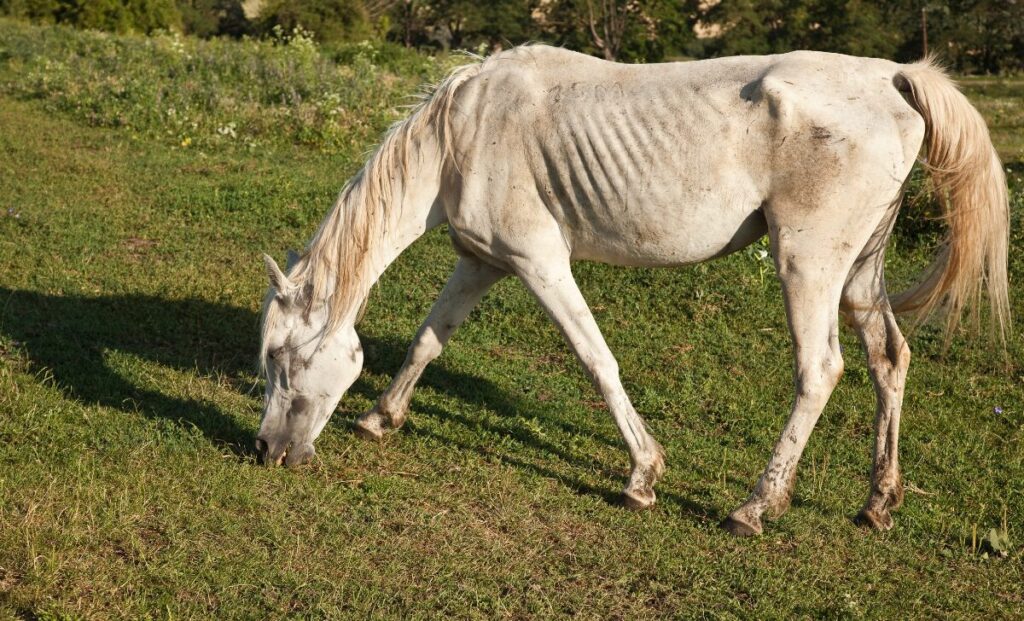
6. Equine Encephalitis
Equine encephalitis, a viral disease spread by mosquitoes, poses a significant threat to horses, often resulting in neurological symptoms and potential fatalities. To combat this illness, reducing mosquito breeding grounds, employing effective repellents, and prioritizing vaccination in endemic regions are vital preventive measures to safeguard equine health.
Mitigating the risk of equine encephalitis involves proactive mosquito control strategies, such as eliminating standing water sources and utilizing insect repellents to reduce horse exposure. Vaccination stands as a crucial defense mechanism, particularly in areas prone to the disease, offering a layer of protection against the debilitating effects of equine encephalitis and promoting overall equine well-being.
7. Equine Protozoal Myeloencephalitis (EPM)
Equine Protozoal Myeloencephalitis (EPM) is a neurological ailment that impacts the brain and spinal cord of horses. It can be transmitted through ingestion of contaminated feces from carriers such as opossums, skunks, and domestic cats.
To prevent EPM, it’s crucial to store your horse’s feed in covered bins and diligently manage your stable or barn area to deter these carriers from accessing your horse’s living and feeding spaces.
In the unfortunate event that your horse does contract this parasite, treatment options include a six-month course of antibiotics or a 28-day course of antiprotozoal medication. Seeking guidance from your horse’s veterinarian is always recommended.
8. Babesiosis
Babesiosis is a serious illness transmitted by ticks, affecting red blood cells in horses, as well as other domestic animals like cows and dogs. Recognizing its symptoms—fever, anemia, and weight loss—is crucial, prompting a prompt visit to the vet if you suspect your horse has been infected.
The disease typically lasts around 10 days and can prove fatal, especially for young horses. Some may even become carriers for years after the initial infection, potentially spreading the disease.
Diagnosing babesiosis can be tricky, as its symptoms overlap with other conditions. Therefore, laboratory tests are necessary for confirmation. While there’s no vaccine for horses, treatment options include antiprotozoal drugs and supportive care like IV fluids, anti-inflammatories, and blood transfusions.
Prevention is key. Regularly inspecting and spraying your horse can reduce the risk of tick bites, lessening the chance of transmission.
9. Strangles
Strangles, a highly contagious bacterial infection prevalent among equines, manifests with respiratory symptoms and the development of abscesses in the lymph nodes. The infectious nature of strangles necessitates immediate and stringent measures to control its spread and manage affected horses effectively. Isolation of infected individuals is paramount to prevent further transmission within the herd, while strict adherence to hygiene protocols, including disinfection of equipment and facilities, plays a crucial role in containing the disease.
In addition to isolation and hygiene practices, seeking guidance from a veterinarian is imperative when dealing with strangles cases. Veterinary consultation enables tailored treatment strategies, which may include antibiotics, drainage of abscesses, and ongoing monitoring to ensure the recovery of affected horses and prevent potential complications. By implementing a comprehensive approach that includes isolation, hygiene maintenance, and veterinary intervention, horse owners can effectively combat the impact of strangles and protect the health of their equine companions.
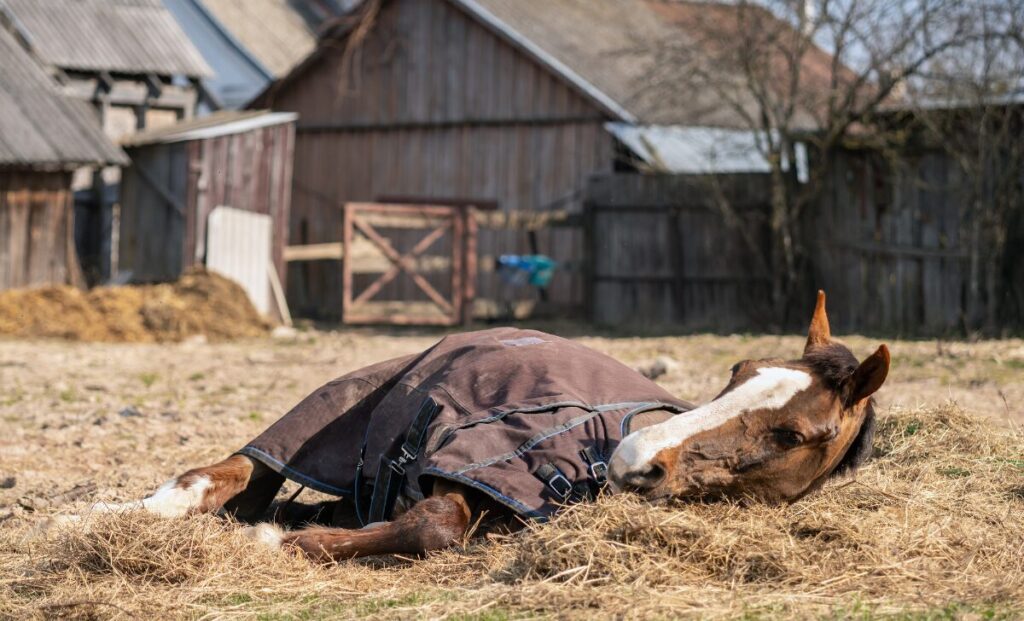
10. Laminitis
Laminitis is a painful and often recurring condition in horses, causing inflammation and damage to the tissue around the hoof and pedal bone. It can stem from various sources such as equine metabolic syndrome, Cushing’s Disease, sepsis, or even dietary factors like excessive grain intake or access to sugary pastures. Other causes include weight bearing issues, ingestion of toxic plants, or strenuous activity on hard surfaces. Preventive measures like careful monitoring of hoof health and consulting a vet if any abnormalities are detected can help mitigate the risk.
Preventing diseases in horses requires a blend of good biosecurity practices and vaccination. Horse owners must ensure their animals receive appropriate vaccinations to safeguard against specific diseases and prevent them from becoming carriers. Implementing proper hygiene protocols, such as using separate stable equipment for each horse, avoiding direct contact between horses, and disinfecting shared spaces and equipment between uses, can help curb the spread of infections. Additionally, washing hands after handling different horses is essential to maintain cleanliness and minimize the risk of disease transmission.
By familiarizing yourself with these common horse illnesses and adopting proactive measures for prevention and treatment, you can safeguard the health and well-being of your equine companions. Regular veterinary check-ups, proper nutrition, and attentive care are key components of ensuring a healthy and thriving horse.
